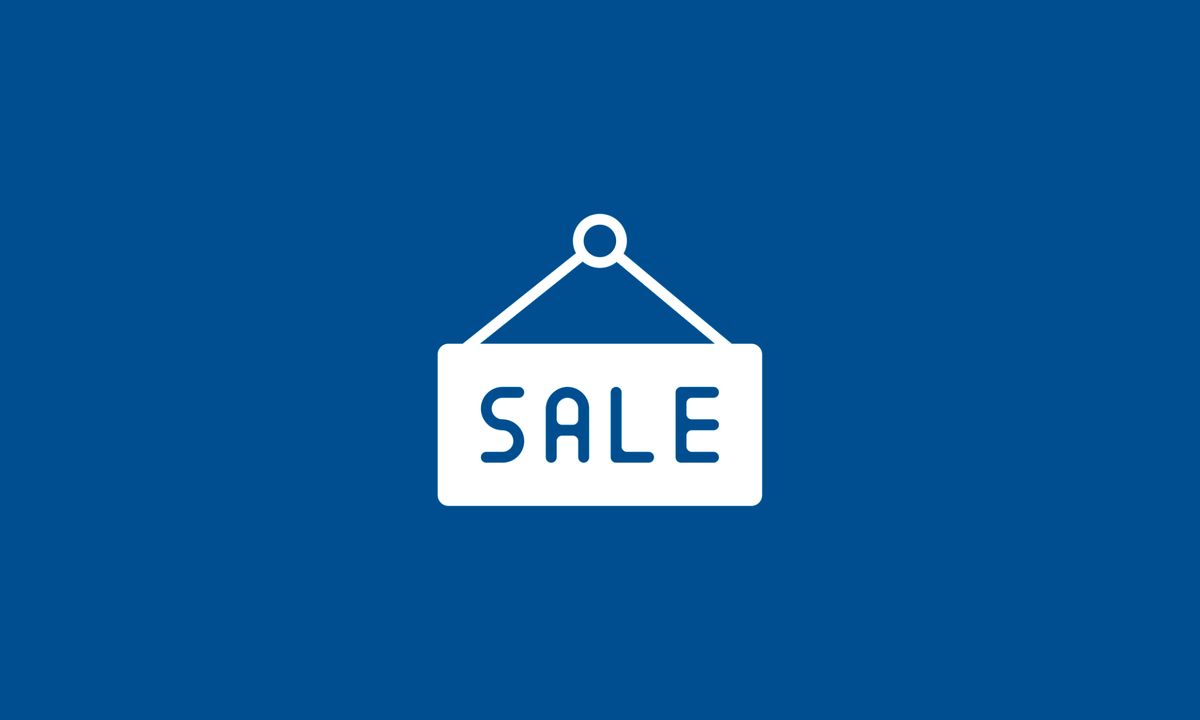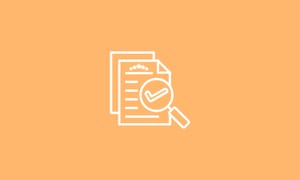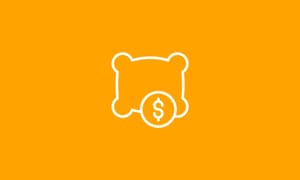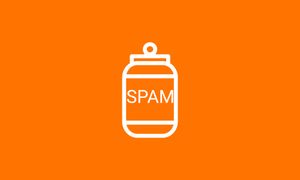There you are, peacefully shopping around for the cheapest products at a retail store.
A salesperson comes around and greets you with a smile. “Is there anything I can help you with?”, she asks.
“No, thanks. I’m just looking”, you reply.
“Just tell me if you need anything!”
“Okay.”
But she never leaves your side. She keeps breathing down your neck and trying to sell you on other products you’re not interested in. You just feel like running off at this point.
If you could hear her thoughts, they’d be screaming “Buy! Buy! Buy!”.
Will she make a sale? Probably not.
The same problem happens in digital marketing when people get overly-promotional. Maybe that’s the reason why you aren’t reaching your sales goals in the first place.
Sales aren’t just about selling, you know. They’re about creating a connection with potential buyers in hopes that they’ll become customers. More than just numbers, sales are about:
- Getting to know your potential customers.
- Solving their problems.
- Priming them for a sale with content they care about.
Being unaware of the above results in marketers being “salesy” as a last resort.
With that in mind, let’s have a look at a few mistakes that might precede an overly-promotional spree (and how to fix them).
Mistake #1: Your Product Doesn’t Solve Your Audience’s real problems
What you think may be your customers’ pain points may be far from what they’re struggling with.
Think about an email marketing software. It solves issues ranging from a lack of proper management to a need for automation. What particular problem does your audience want that product to solve? You won’t know until you ask them.
Simply assuming your audience’s pain points increases your chances of getting them wrong. This, in turn, creates a disconnect in your messaging.
The result? No sales.
The Fix
Don’t create your customer personas based on loose assumptions.
Instead, create them based on facts.
Survey your customers, your leads, and even people who are no longer your customers. This way, you’ll get to find out:
- What made customers purchase your product, and the results they’ve achieved with it.
- What keeps current leads from buying your product, what other brands they’re comparing yours to, and which objections you should address to make the purchase easier for them.
- What problems caused someone to choose another solution over yours, and the areas where you could improve.
To do that, you can send surveys and feedback forms to your mailing list, or you can include them on your website’s homepage as multiple choice questions.
For best results, leave a description field so people can be thorough with their answers. The more in-depth answers you get, the better the insights you’ll receive.
Regardless of the amount of detail you include in your persona documents, you won’t reach the right people if you don’t hear it (or read it) directly from them.
Mistake #2: You Aren’t Creating Content to Reach People at Every Stage of the Buyer’s Journey
According to a 2018 study, 82% of searchers are more likely to select brands they’re familiar with when online shopping. Interestingly, these brands don’t even have to be ranking high on search engines.
What does that tell us?
Above all, that building brand awareness should be your main focus if you’d like to drive more online sales.
And guess what: you can’t do that by focusing on the “decision” stage of the sales funnel and leaving everything else behind.
If you’re familiar with the Awareness, Consideration, and Decision trio, you know what this is about. Why would people buy anything from you if a) they’re unfamiliar with your brand and b) they don’t know if they should trust you?
It’s your job to meet people where they currently are in the funnel.
The Fix
Create the right type of content to grab people at every stage of the funnel.
Awareness: Attract people to your channels and get ready to educate them. Tell them more about your brand and let them know how you can help them. All the while, keep a consistent brand voice and design.
Content for the awareness phase includes:
- Blog posts
- Social media marketing
- Search Engine Optimization (SEO)
- Targeted advertising
- Freebies (such as eBooks, checklists, and templates)
Consideration: People already know your brand. Nice. Yet, they’re currently comparing it to other brands and figuring out which one they’ll “click” with.
Content for the consideration phase includes:
- Email marketing
- Social media marketing
- Guides
- Podcasts and videos
Decision: People are now ready to buy. You can nudge them in the right direction by having the right content available to them. Remember: even though they’ve considered buying from you, they can still turn away.
Content for the decision phase includes:
- Product reviews and testimonials
- Case studies
- Product comparisons
- Pop-ups (coupons, free shipping)
Making sure your marketing strategy meets everyone’s needs will prevent you from being heavy-handed with your promotions.
Mistake #3: You Aren’t Addressing Customer Objections
When you’re about to buy something, what keeps you from completing your purchase?
Pricing? Not really.
Most of the time, people won’t buy a product due to a lack of perceived value. For starters, they have no idea if they’ll be wasting their money.
To make potential buyers complete the purchase, you need to tell them they’ll be getting everything they paid for–and make them believe it. You need to prove to them that the price is irrelevant when compared to the value they’ll get in return. This will have them opening their wallets in no time.
As an ecommerce marketer, you have two jobs:
- Creating desire for the product.
- Removing the obstacles towards obtaining that product.
The Fix
Remove customer objections with customer-driven sales copy.
You can’t address sales obstacles unless you know what they are. It’s the moment when both customer surveys and feedback make a world of difference.
For one thing, you may find that people still have a lot of questions about your product that weren’t answered in your sales copy. This is what happened with Hubspot’s Growth Stack software. In a case study, copywriter Joel Klettke describes how people weren’t buying the product because the landing page copy wasn’t answering the right questions. In conducting customer research and tweaking the copy, Hubspot saw a close to 100% increase in conversions.
The lesson: you should vanquish all customer objections before you start to write copy, and answer all of those questions as you write.
Including enough good reviews and customer testimonials on your landing pages is another great way of removing pre-purchase anxiety. If possible, offer free trials and refunds with no questions asked. Little by little, you’ll be removing blocks that keep potential buyers from reaching the final stage.
Closing Thoughts
When selling products, a sale is the las thing you should be making. When you understand that sales are more about helping people and creating a meaningful connection with them, your “salesy” side will shut off.
Getting to know who your customers are, what they really want from you, and nurturing them with relevant content removes every stone out of their way. So talk to them. Get to know them, their fears, their dreams, and why they didn’t complete their purchase. The amount of valuable information you’ll gather could shock you.






